Centri minori in Abruzzo colpiti da eventi sismici: scenari di danno e trasformazioni del costruito storico
Abstract
Il territorio abruzzese è stato colpito nel corso della storia da numerosi eventi sismici, fra i quali quelli settecenteschi (1703 a L’Aquila e 1706 a Sulmona) e il sisma di Avezzano del 1915 che furono particolarmente distruttivi, non solo per le emergenze architettoniche ma soprattutto per il patrimonio diffuso.
Anche il terremoto del 6 Aprile 2009 ha colpito, oltre alla città dell’Aquila, numerosi piccoli abitati dell’entroterra aquilano (si contano circa 55 comuni costituiti prevalentemente da nuclei antichi), di vario interesse storico, architettonico e paseaggistico. Si tratta di centri minori generalmente interessati da pregressi e irrisolti fenomeni di spopolamento e di abbandono, già registrati, come è noto in letteratura, subito dopo l’Unità d’Italia e con un particolare incremento nel secondo dopoguerra.
Il contributo intende restituire, attraverso alcuni casi opportunamente selezionati, gli scenari di danno causati sui centri minori abruzzesi dagli eventi tellurici più significativi che in special modo dal Settecento ad oggi hanno colpito l’Abruzzo.
È poi illustrato un riscontro sulle strategie messe in campo per attuare, di volta in volta, il recupero dei tessuti minori, valutandone le conseguenze in termini di ripresa o meno della fruibilità, e soprattutto di conservazione dei caratteri costruttivi identitari.
Small towns in Abruzzo struck by earthquakes: damage scenarios and transformations of historical buildings
The region of Abruzzo has been struck by several earthquakes, including those of the eighteenth century (1703 in L’Aquila and 1706 in Sulmona) and the earthquake of Avezzano in 1915, which were particularly destructive not only for monuments but also for small historic centres. In addition to the town of L’Aquila, the earthquake of 6 April 2009 struck many small villages of historic, artistic and environmental interest (there are approximately 55 municipalities consisting mainly of ancient areas) within the L’Aquila hinterland. These are smaller centres generally affected by previous, unresolved depopulation and abandonment phenomena, already recorded in literature, immediately after the Unification of Italy and that increased in particular in the post-war period.
Through some appropriately selected cases, the paper aims to describe the damage scenarios caused to the small historic centers of Abruzzo, by the most significant earthquakes that have particularly struck this region since the eighteenth century.
Then, feedback on the intervention strategies realized from time to time is described, which were aimed at the recovery of small historic centres. Considerations are then made on the consequences in terms of recovery of use of villages, and above all on the preservation of their constructive identity character.Parole chiave
Full Text
PDFDOI: https://doi.org/10.14633/AHR242
Refback
- Non ci sono refbacks, per ora.
Copyright (c) 2020 Adalgisa Donatelli

This work is licensed under a Creative Commons Attribution-NonCommercial 4.0 International License.
........................................................................................................................................................................................................................................................................................................................................................
ArcHistoR è una rivista open access e peer reviewed (double blind), di Storia dell’architettura e Restauro, pubblicata con cadenza semestrale dall'Università Mediterranea di Reggio Calabria (Laboratorio CROSS - Storia dell'architettura e Restauro, dAeD - Dipartimento di Architettura e Design).
ISSN 2384-8898
![]()

Comitato scientifico internazionale
Maria Dolores Antigüedad del Castillo-Olivares, Monica Butzek, Jean-François Cabestan, Alicia Cámara Muñoz, David Friedman, Alexandre Gady, Jörg Garms, Miles Glenndinning, Mark Wilson Jones, Loughlin Kealy, Paulo Lourenço, David Marshall, Werner Oechslin, José Luis Sancho, Dmitrij O. Švidkovskij
Comitato direttivo
Tommaso Manfredi (direttore responsabile), Giuseppina Scamardì (direttrice editoriale), Antonello Alici, Salvatore Di Liello, Fabrizio Di Marco, Paolo Faccio, Mariacristina Giambruno, Bruno Mussari, Annunziata Maria Oteri, Francesca Passalacqua, Edoardo Piccoli, Renata Prescia, Nino Sulfaro, Fabio Todesco, Guglielmo Villa
 .
. 


2.jpg)
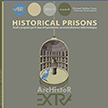
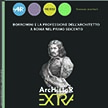
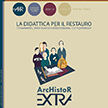

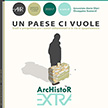
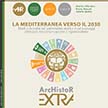
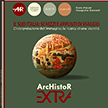
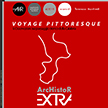
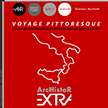
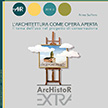
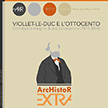
_2.jpg) .
. 
 .
. 

